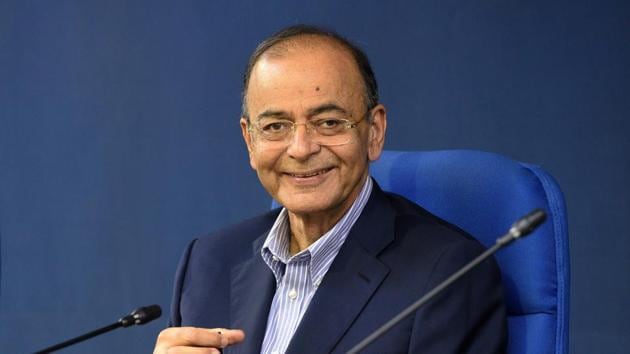Can have 2 rates as revenue increases, says Arun Jaitley on 2 years of GST
Arun Jaitley’s first blog on GST is his first after he opted out of Prime Minister Narendra Modi’s council of ministers in end of May. His previous blog was on exit polls predicting a clear win for PM Modi on May 20.
Former finance minister Arun Jaitley on Monday said with the increase in revenue the country may effectively have two rates for the Goods and Services Tax (GST). He, however, ruled out a single slab GST saying that such a system is possible only in “extremely affluent” countries where there are no poor people.

“As revenue increases further, it will give an opportunity to policy makers to possibly merge the 12% and 18% slab into one rate, thus, effectively making the GST a two rate tax,” he said in his blog ‘Two Years After GST’.
Jaitley is the architect of the country’s biggest indirect tax reform, which was rolled out in 1 July 2017 when he was the finance minister. This is Jaitley’s first blog after he opted out of Prime Minister Narendra Modi’s council of ministers. His previous blog was on exit polls predicting a clear win for PM Modi.
Also read: 2 years on, a look at the hits and hurdles of Goods and Services Tax
Jaitley said India cannot have one single rate of GST. “It would be inequitable to apply a single rate in countries where there are a large number of people below the poverty line,” Jaitley said in the blog.
“The direct tax is a progressive tax. The more you earn, the more you pay. An indirect tax is a regressive tax. In the pre-GST regime, the rich and the poor, on various commodities, paid the same tax. The multiple slab system not only checked inflation, it also ensured that the Aam Aadmi products are not exorbitantly taxed,” he said.
Follow Parliament session live updates here
He said a ‘Hawai chappal’ and a ‘Mercedes car’ cannot be taxed at the same rate. “This is not to suggest that the rationalisation of slabs is not needed. That process is already on. Except on luxury and sin goods, the 28% slab has almost been phased out. Zero and 5% slabs will always remain,” he said.






